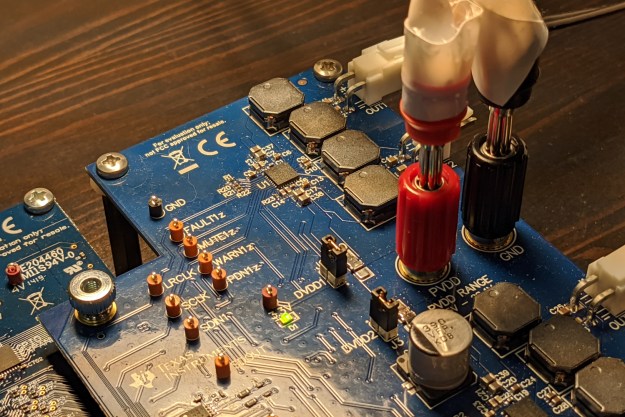
The Rosie has a perfectly rounded top profile, and curves around like a ball on the sides, giving it a shape designed to fit ergonomically in the palm of the hand. The top has been carved up intuitively, with a center directional pad taking up the majority of the surface, and seven customizable buttons ringing the circumference. Less obviously, the center also serves as a touch-sensitive scroll wheel for zipping through on-screen menus and navigating long lists of media on controlled devices.
Since most of the exterior buttons don’t have markings, they can be set to perform any function, giving the remote a high degree of control. For instance, you might program one button to turn on your Blu-ray player, television, amplifier and dim the lights, then press play.
The remote alone runs for $400, but it’s been designed to dovetail into the rest of the Rosie home control system, which can run up to $3,800. More information can be found at Savant’s Web site.
Editors' Recommendations
- Why the moon needs a space traffic control system
- The world needs a drone traffic control system, so AirMap is building one
- NASA urging employees to work remotely after second confirmed coronavirus case
- How Wikimedia controls the chaos of constant contributions to create Wikipedia
- Want to shake hands with the future? Check out this brain-controlled prosthetic


